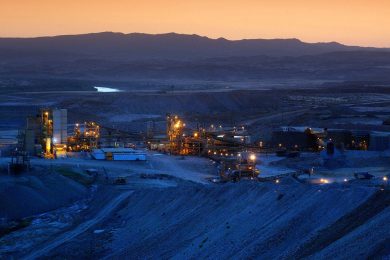This is the opinion of Roskill, which reports that “in Mozambique, for example, the extractive sector currently represents less than 4% of economic activity but has scope to grow considerably. The recent discovery of huge reserves of mineral resources, combined with ongoing reforms and subsequent improvement of the business climate in Mozambique, provide good opportunities for the transformation of the country into a middle-income nation. The country is host to mineral sands, gold, copper, nickel, iron ore, bauxite, graphite, rare earth minerals, lithium, bismuth and antimony, as well as world-class coal deposits and both onshore and offshore natural gas deposits.
“After decades of under investment, geographic challenges and outdated legislation, neighbouring Malawi’s mining industries remain underdeveloped. However, this may all be about to change. Following the country’s fifth successive democratic elections in 2014, the new government has set its sights on expanding the nascent sector, and with the completion of a World Bank sponsored geological survey in 2015 and the anticipated release of the new liberalised mining code, the development of Malawi’s extractive industries may be about to accelerate.
“Compared to Mozambique and Malawi, Namibia has a long-established mining sector, which has been developed as a consequence of three key factors: an endowment of a wide array of natural resources, a stable pro-business government and an impressive transport infrastructure. As of 2016, the country had active mines extracting diamonds, uranium, gold, lead, zinc, manganese, iron ore, silver and copper. There is also a diverse pipeline of projects being developed. The launch of offshore diamond mining has reinvigorated diamond production levels, and output is forecast to increase in the coming years. What’s more, reliance on diamond mining is likely to fall as several large uranium projects come online. The country has the recognised potential to produce over 10% of the world’s uranium output and, should demand and prices recover, the supply capacity will be in place to exploit higher margins.”










